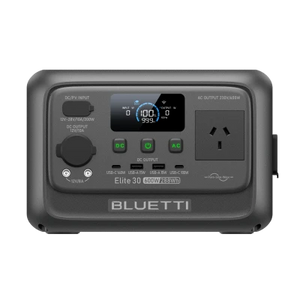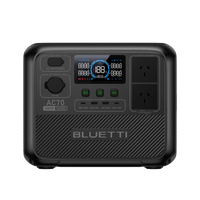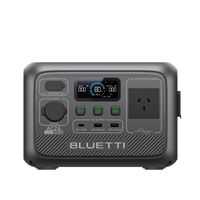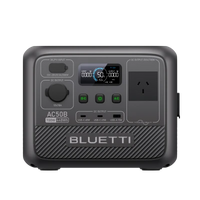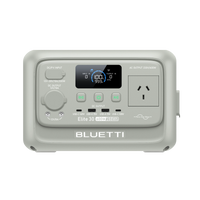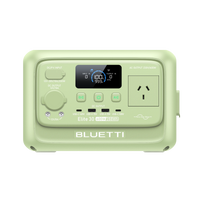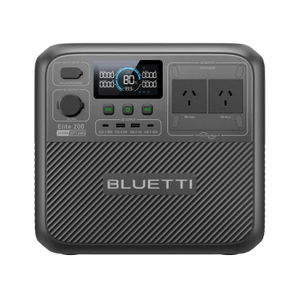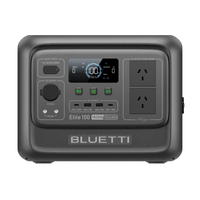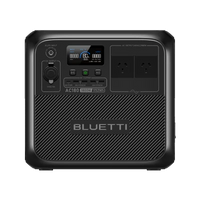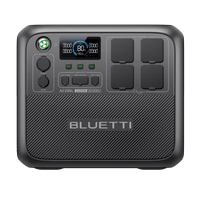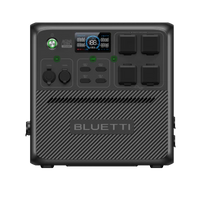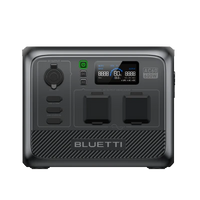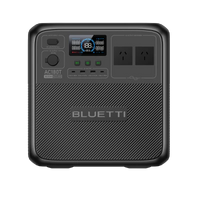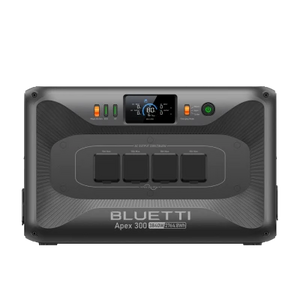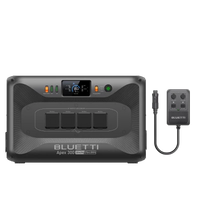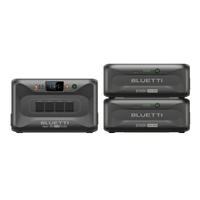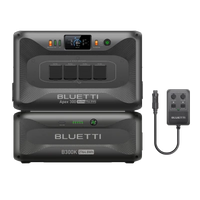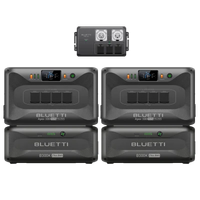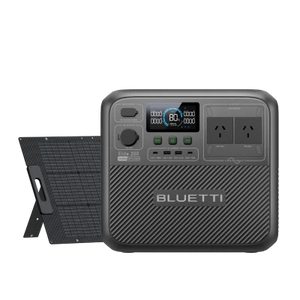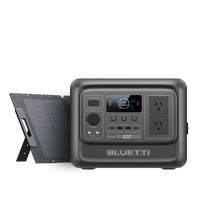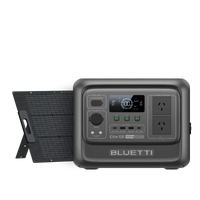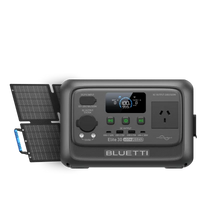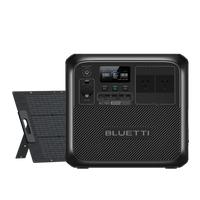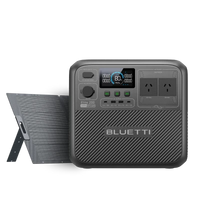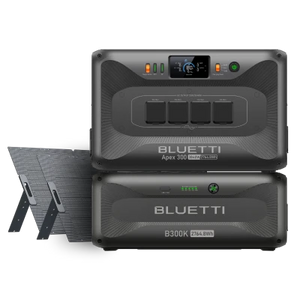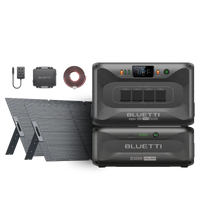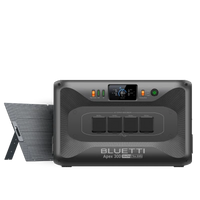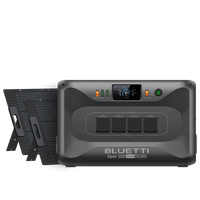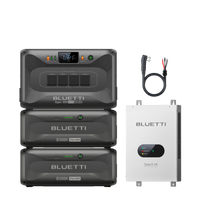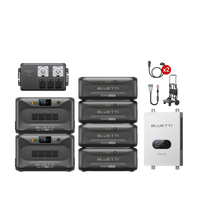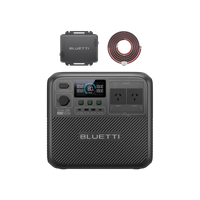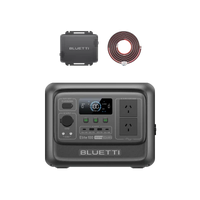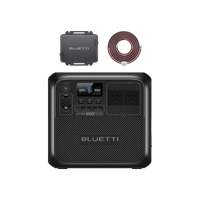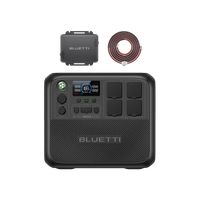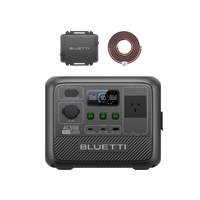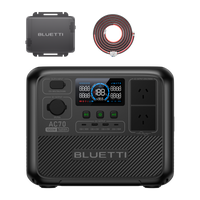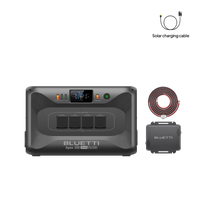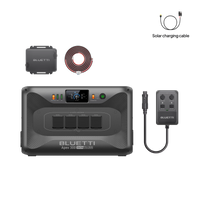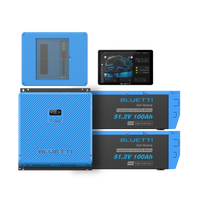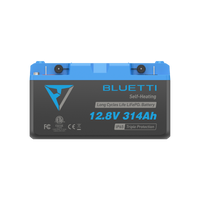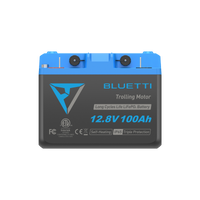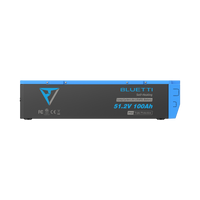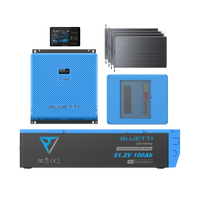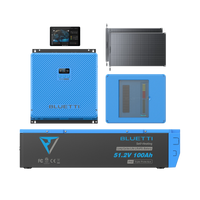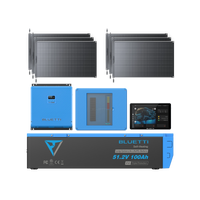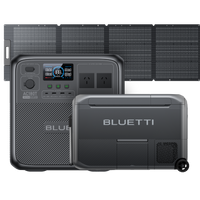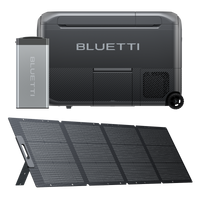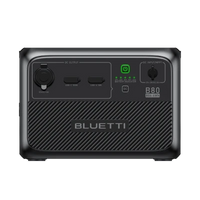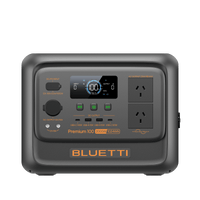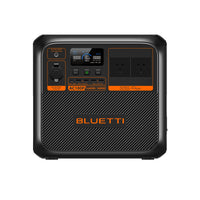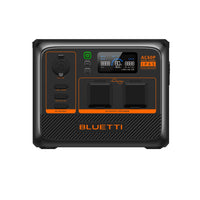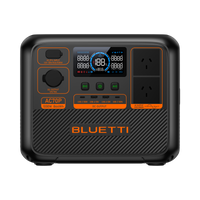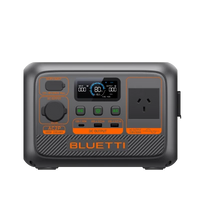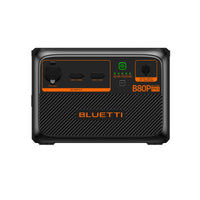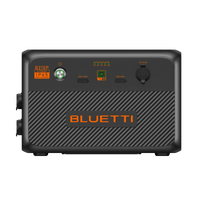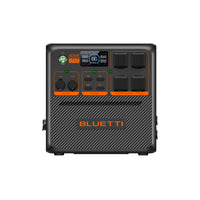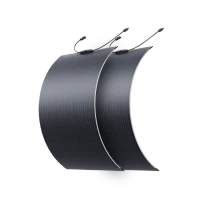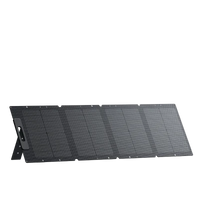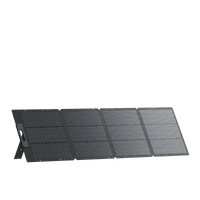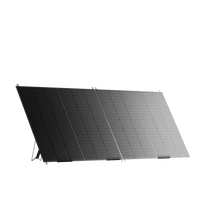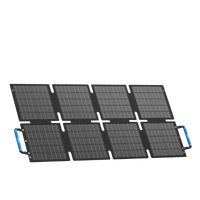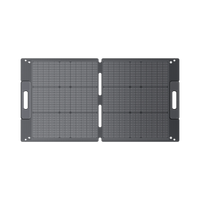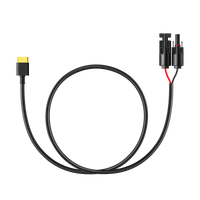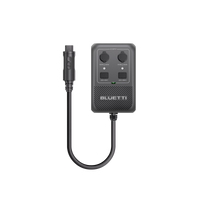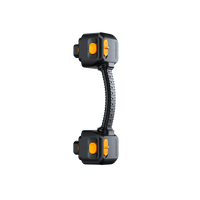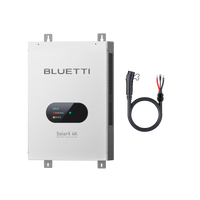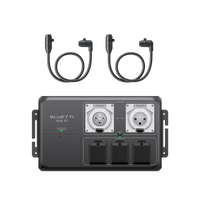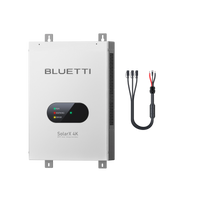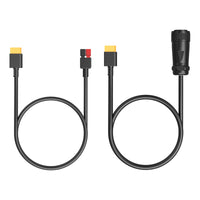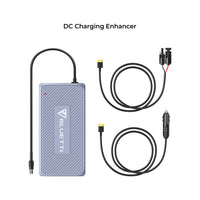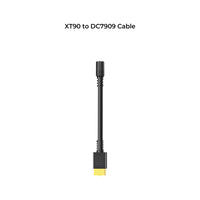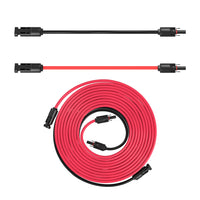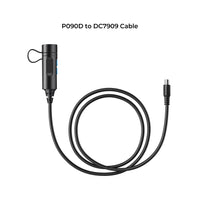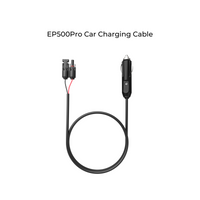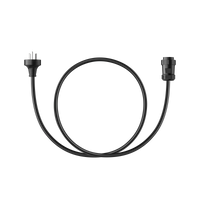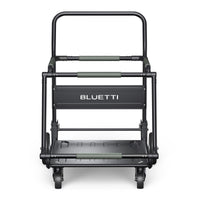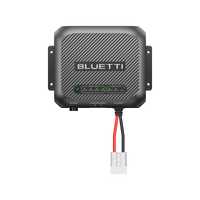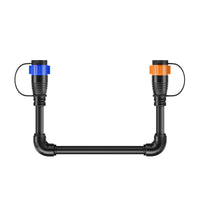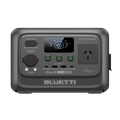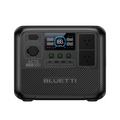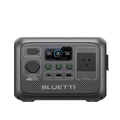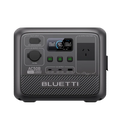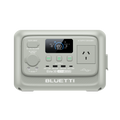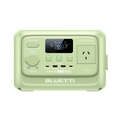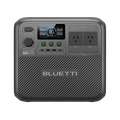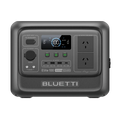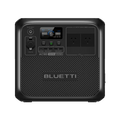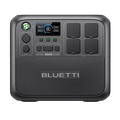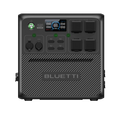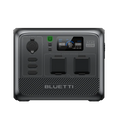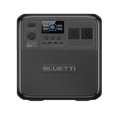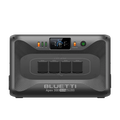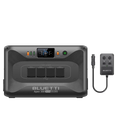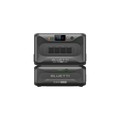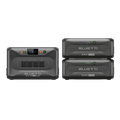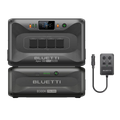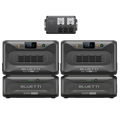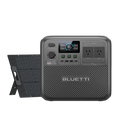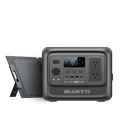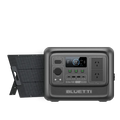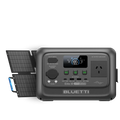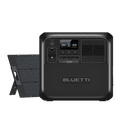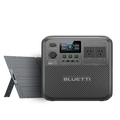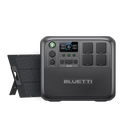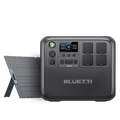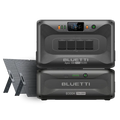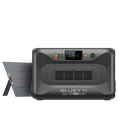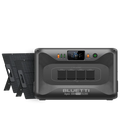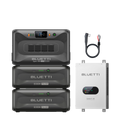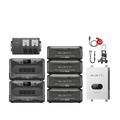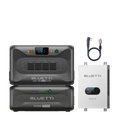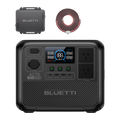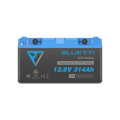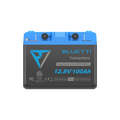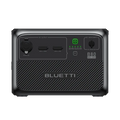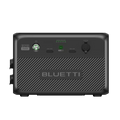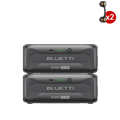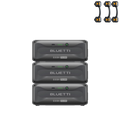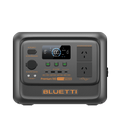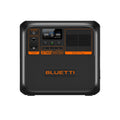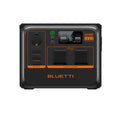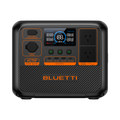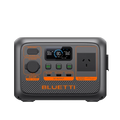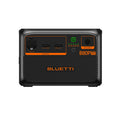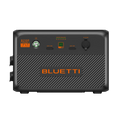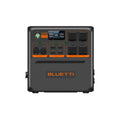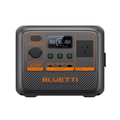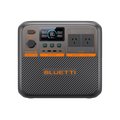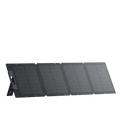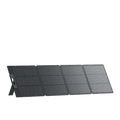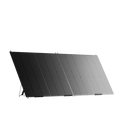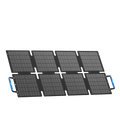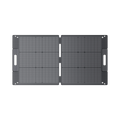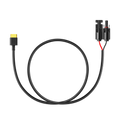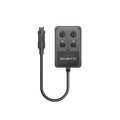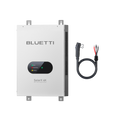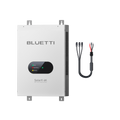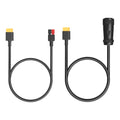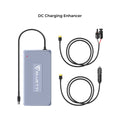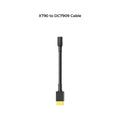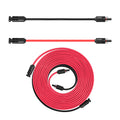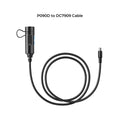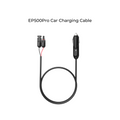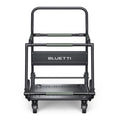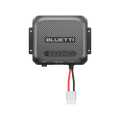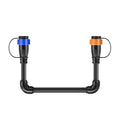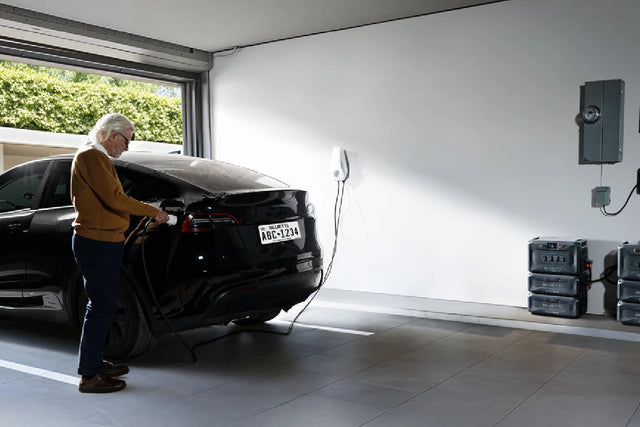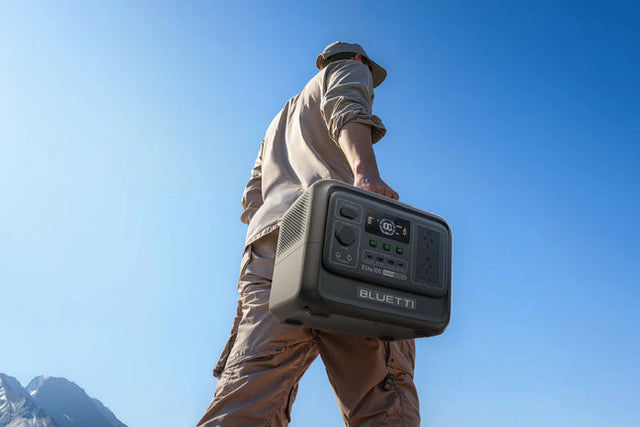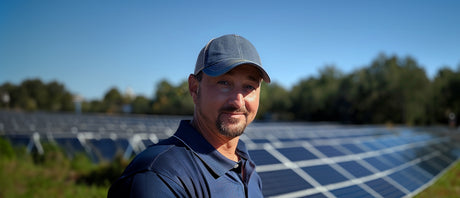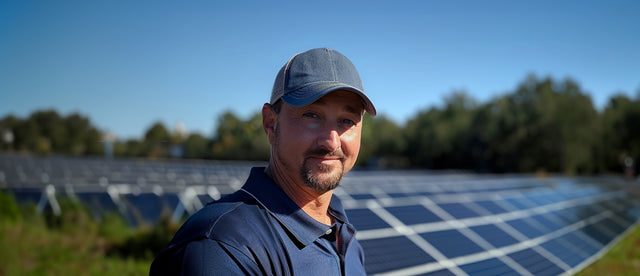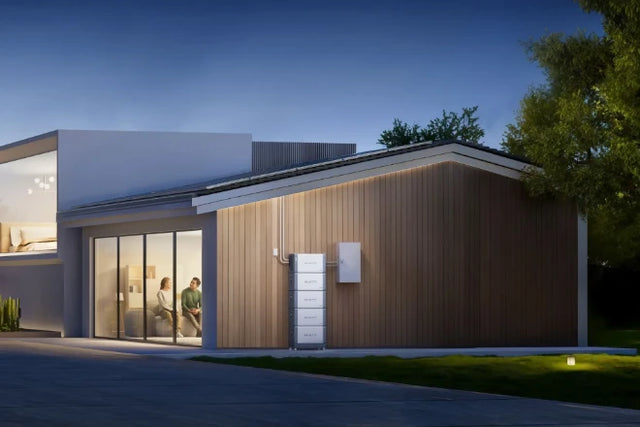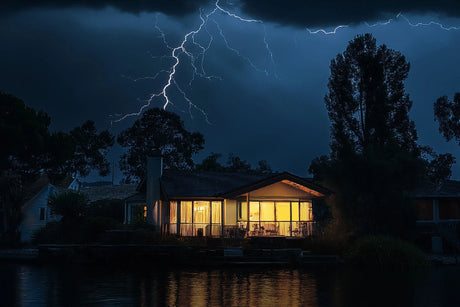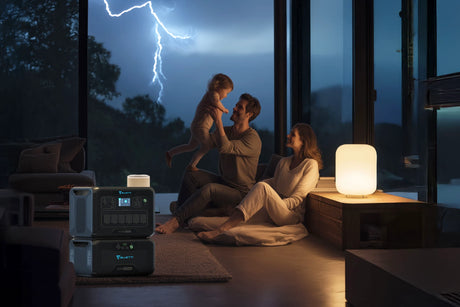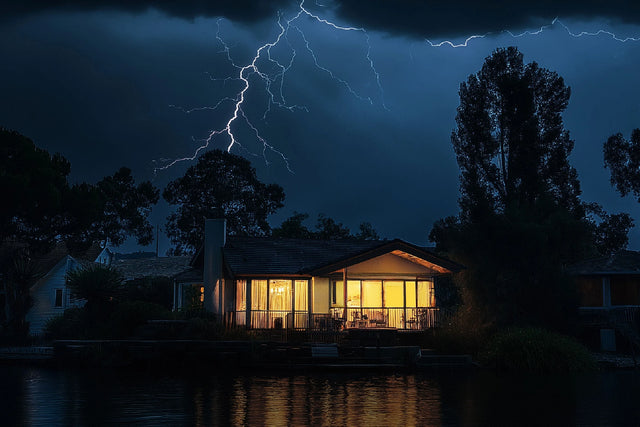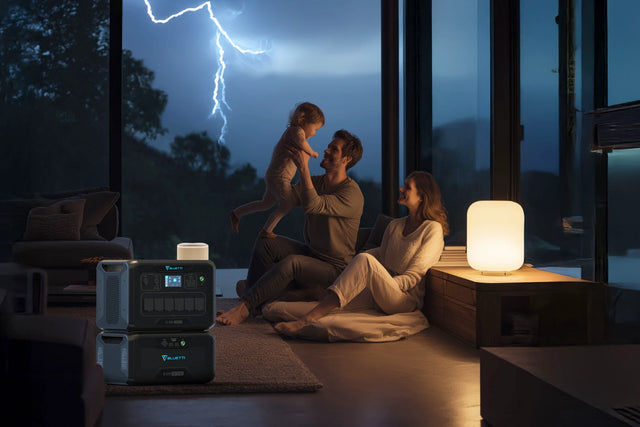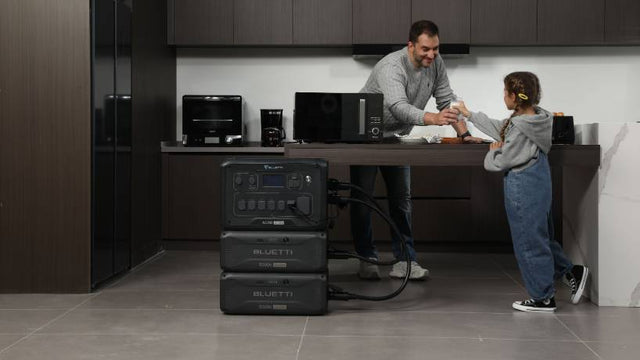The households in Adelaide are wasting a lot of money annually on electricity. The current power rates are the highest in South Australia. With a change to the cheapest electricity provider in Adelaide, your family can save hundreds of dollars a year. The default market offer charges approximate 2,301 USD a year on average Adelaide homes. Nevertheless, there are cheaper electricity plans with the rival retailers that save about $400 to $600 annually. The best electricity deals in Adelaide can be found by electricity provider comparisons.
What Makes Adelaide Power Bills Expensive
How SA Power Networks Affects What You Pay
SA Power Networks supply electricity to your house in Adelaide by use of poles and wires. These fees are found on all bills regardless of the provider of choice. The network charges in South Australia are considered to be one of the highest in Australia. That is why the importance of changing electricity providers in Adelaide is so high. Generally, network charges are included in your overall bill.
The charges at your SA Power Networks remains constant. These charges cannot be reduced by changing providers. You can however save on other parts of the bills such as usage and supply charges. This is where provider switching will actually bring real savings to the residents of Adelaide.
What Makes Up Your Bill
There are three major components on your power bill that are summed up. The price per kilowatt hour of electricity consumed. Poles, wires and equipment required are paid by network delivery charges. The supply charge by the retailer stands in for the daily grid access without considering the consumption levels.
Each unit has an influence on how much money you will pay depending on the amount of power consumed. Usage charges are of greatest importance to heavy consumers who use above 5,000 kilowatt hours. Light users will be the most impacted by supply charges because it is a fixed daily expense.
Your charges with the network remain the same when you switch providers by electricity provider comparisons. These charges are imposed by SA Power Networks, and they are shown on all the bills on Adelaide. Switching however enables you to cut down on both usage and supply charges. It is the reason why electricity provider comparisons show such high savings prospects annually.
Key Bill Components:
-
Usage charges (cents per kilowatt hour) - depends on the provider.
-
Supply charges (cents per day)- depends on provider.
-
Network charges (amount fixed) - are not able to change when switching.
Things That Change Your Electricity Cost
How Much Power You Actually Use
Homes with low use less than 2,000 kilowatt hour per year do not pay the same as families that consume more than 6,000 kilowatts per year. One of the largest determinants of total costs is your pattern of consumption.
Low usage homes will not have much to gain in changing providers as the bills remain low all round. Those with high usage save much more with improved rates on usage charges. The average annual electricity consumption in most of the homes in Adelaide ranges between 3,000 and 5,000 kilowatt hours.
Generally, knowing how you use power is a way of choosing the appropriate type of plan. Check your bills of last year. Check on the seasonal differences in consumption during the various seasons. Air conditioning in the summer makes its power usage to rocket. Remember that Adelaide is least affected by winter as compared to other Australian states.
Electricity provider comparisons are even more valuable to houses that have high usage since rate differences are multiplied. A difference of 2 cent per kilowatt hour will save 120 dollars annually to users of 6,000 kilowatt hours. For the 2,000 kilowatts hour users, they get a saving of only $40 due from the same difference. This is the reason why the high-usage households ought to focus on getting the cheapest electricity provider in Adelaide.
Types of Power Plans Available
-
Basic flat-rate plans
They are priced the same throughout the day. Such simplicity is attractive to a lot of homes. Predictable costs make the process of budgeting easy. Nevertheless, you forgo saving as a result of shifting usage.
-
Time-of-use plans
They are a form of charging which varies according to time. Most expensive rates are peak rates (usually 2pm to 8pm). The rates during off peaks (usually 11pm-7am) are the cheapest. The shoulder rates come in between the two. A change of the laundry and pool cleaning to off peak time helps in money saving.
Plan Type Comparison:
-
Flat rate: Consistently the same price, easy budget.
-
Time-of-use: Time sensitive lower off-peak rates.
-
Controlled load: Special rates, typically for hot water.
If You Own Solar Panels
Excessive power sent back is compensated to owners of solar. The feed-in tariff rate is different according to the provider. This is between 4 and 8 cents per kilowatt hour. The difference between rates is huge when it comes to the solar homes. An increased feed in rate implies greater savings per year. There are also providers that have higher feed-in rates but are more expensive when used generally.
Fixed Rates Versus Variable Rates
-
Fixed rate contracts
In fixed rate contracts, you are guaranteed of a fixed price either in months or years. Your rates will not go up in this time. This predictability is suitable in budgeting and planning. But the fixed rates are normally expensive in the beginning as compared to the variable ones. You purchase price certainty at increased start-up costs.
-
Variable rate contracts
Variable rate contracts vary with any movement in the market environment. Your provider is able to change rates upon notice to you. These rates begin with lower rates than fixed. Peak season rate hikes may come as a surprise. Other individuals are uncomfortable with this uncertainty even though the prices are reduced.
Best Providers and Cheapest Deals Right Now

Which Providers Offer the Best Value
-
ENGIE is today one of the most economical choices in South Australia.
-
GloBird Energy will provide low competitive flat rates on a year-round basis.
-
Lumo Energy offers good pricing of plans in the market.
-
Kogan Energy appeals to the price conscious customers with a simple strategy.
-
Momentum Energy has established itself as a trusted and cheap supplier.
-
Alinta Energy gained positive ratings in the results of the 2024 customer satisfaction survey of Canstar.
All the providers do not only provide low prices as a benefit. There are those that emphasize on renewable energy. Some also lay stress on the quality of service to customers and support. Electricity provider comparisons would make sure that you get the right provider.
The cheapest electricity provider in Adelaide in your case will vary depending on the patterns of your usage. Think of time-of-use possibilities in case you can strategically change consumption. Fixed-rate plans are certain in case you want to have certain costs.
Top Adelaide Providers for 2025:
-
ENGIE: Competitive prices, renewable alternative.
-
GloBird Energy: Best flat rates ever.
-
Lumo Energy: Best dual fuel alternative, typically for households.
-
Momentum Energy: Affordable plans that are serviceable.
-
Alinta Energy: Customer satisfaction survey ratings are high.
-
Kogan Energy: Price conscious strategies to value shoppers.
Comparing Actual Costs and Supply Charges
An example of a good rate of usage commences at 35 cents per kilowatt hour. Most plans have supplu charges of between 100 to 140 cents per day. It is not advised that you should look at a single number in isolation. Then add both together, and you get your real annual cost. Potential savings can be seen in this comparison. Electricity providers comparisons demands calculations on total annual costs not only on rates displayed.
Write down the charges from your recent bill. Get three suppliers to provide you with quotes depending on what you need to use. Be precise with your exact usage figures. Compare estimated annual costs of all options. The potential of real savings is evident in this method.
Differences of over 500 USD annually are found for many residents in Adelaide. What seems to be the cheapest electricity provider in Adelaide, may not be the cheapest electricity supplier for another household, situated close to yours.
Provider Comparison Summary Table
|
Provider |
Plan |
Usage Charge |
Supply Charge |
Estimated Annual Cost |
% Below DMO |
|
GloBird Energy |
GLOSAVE Residential (Flat Rate) |
37.4-40.7c/kWh |
100.1c/day |
$2,345 |
18% |
|
Momentum Energy |
Home Run Electricity |
35.31c/kWh |
166.2c/day |
$2,475 |
15% |
|
Lumo Energy |
Lumo Basic |
40.65c/kWh |
101.0c/day |
$2,520 |
12% |
|
Kogan Energy |
Kogan Energy Current |
39.78c/kWh |
116.9c/day |
$2,532 |
11% |
|
Energy Locals |
Home Classic |
39.00c/kWh |
144.0c/day |
$2,590 |
10% |
|
Powershop |
Power House |
41.03c/kWh |
116.9c/day |
$2,598 |
9% |
|
Origin Energy |
Origin Go Variable |
42.44-45.87c/kWh |
102.2c/day |
$2,619 |
7% |
Note: All figures are estimates on average 4,000 kWH usage per year. DMO (Default Market Offer) minimum = 2,301/per year. Pricing is effective as of October 2025 and may change.
How Much You Could Save Each Year
Savings for Small Homes and Light Users
Households with 2,000-2,500 kilowatt hour of electricity per year realize a significant switching savings. Any slight decline of the rate is accumulated in over one year. A 200 dollar annual savings will translate to 4 dollars a week. This is a two thousand dollars without additional work in ten years. Simplicity is beneficial to light users. Flat-rate charges are more effective compared to complicated time-of-use charges.
Savings for Typical Adelaide Families
The average outlay of all homes in Adelaide consumes approximately 4,000 kilowatt hours annually. There is an AER reference price of 2,301 USD per annum on this level of usage. The base cost can be reduced by switching by several hundreds of dollars.
A family with a bill of $2,300 may pay less (1700 USD)with rival companies using this approach. This amounts to about 26 percent reduction of yearly bills. The most effective is comparing plans every year or when the benefit periods run out, which is beneficial to the family.
Electricity provider comparisons by the use of Energy Made Easy takes a mere 10 minutes. This immediate measure results in saving of 400-600 dollars a year in cases of average families. The time-of-use plans provide a better saving to the family that changes the patterns of usage.
Savings for Big Homes with Lots of Use
The most radical savings are available in homes that consume more than 6,000 kilowatt hour per year. These consist of houses that have pools or air conditioning that operates continuously. Time-of-use plans or lowest possible rates are most beneficial to high usage.
A family that spends $3,000 can go down to 2,000 on switching providers. That is a saving of 33 percent and above per year. Most consumption variations in Adelaide climate are due to air conditioning. Electricity provider comparisons twice every year are also crucial in the case of high usage household.
Battery storage and solar panel installation increase the level of savings even further. All available strategies allow some of the high-use houses to reduce bills by half or even more. The time-of-use plans are effective only to those households that can shift their consumption to off-peak hours.
Smart meters provide the possibility of monitoring the usage patterns in real time. Together with solar installation, these transformations produce the maximum saving opportunities for Adelaide families.
Household Savings Comparison Table
Household Type Annual kWh use Current Plan cost Best New Plan cost Annual savings Reduction percentage.
|
Household Type |
Annual kWh Use |
Current Plan Cost |
Best New Plan Cost |
Annual Savings |
% Reduction |
|
Low Usage (Apartment) |
2,000 kWh |
$1,350 |
$1,050 |
$300 |
22% |
|
Medium Usage (Family Home) |
4,000 kWh |
$2,301 |
$1,700 |
$601 |
26% |
|
High Usage (AC + Pool) |
6,000 kWh |
$3,100 |
$2,200 |
$900 |
29% |
|
Very High Usage (All Electric) |
8,000 kWh |
$4,050 |
$2,900 |
$1,150 |
28% |
|
Solar + Battery Home |
4,000 kWh |
$2,301 (reduced by solar) |
$1,400 (with FiT) |
$900 |
39% |
Note: Calculated according to AER Default Market Offer (DMO) = $2,301 in 4,000 kWh. Solar households enjoy feed-in tariffs (4-8c/kWh) and savings in the usage rates.
Discounts Conditions and Important Details

Different Types of Discounts Available
Other providers offer discounts because you have signed up. Some are in need of direct debit, on-time payment or rewards programs. Direct debit discounts normally give 0.5-3 percent. Fast payment bonuses are earned monthly as a result of payment on time. There is a savings of 0.5 to 1 percent with paperless billing.
Common discount types:
-
Direct debit: savings of 0.5-3% (depending on provider)
-
On time payments: Monthly cash back rewards.
-
Paperless billing: 0.5-1% discount
-
Loyalty programs: Additional savings to current customers.
Exit Fees and Contract Lock-in Periods
Latest plans that exist today do not have exit fees. You may change in case you have a better one. Always watch the time you are in lock up. There are also those benefit periods that are as short as 12 months. Once this runs out, you can end up paying more. Keep dates and before the end of periods, check plans.
Green Power and Renewable Options
In case of concern about the environment, some of the providers have renewable-only options. These usually add 2-5 percent of additional costs. The premium assists in financing the renewable development. This option is valued by environmentally friendly households. GreenPower-rated plans guarantee that the generation of renewable energy is provided.
Government Help and Special Rebates
State and Federal Rebates Available Now
Energy relief and concessions are available in South Australia. See checkqueensland.gov.au regarding up-to-date eligibility and amounts. Programs are modified on a regular basis, and hence, always check the up-to-date data. Other families can get extra credits of hundreds of dollars per annum.
Available Support Programs:
-
Federal energy relief: Direct bill credit.
-
State energy concessions: Addition of support programs.
-
Medical heating/cooling: Medical needs assistance.
-
Discounts on concession: To qualified card-holders.
Discounts for Concession Card Holders
Electricity discounts are unlocked by the health care card and pension card users. These include 10 -25 percent in accordance with provider. More support programs are usually provided to cardholders. Combine several discounts in order to get the best savings possible. Confirm your eligibility with your existing provider.
Solar Benefits and Feed-in Tariff Options
South Australia is a good location to own a solar because of its good solar environment. The competitive feed-in tariffs are enjoyed by many households. But always shop around to find the best deals or the best prices on solar exports. Increased feed-in rates equate to increased saving per year by the solar homes.
How to Pick the Right Provider and Switch
Using Your Actual Power Bill to Compare
Take out your most recent bill and locate your kilowatt hour usage. Compare plans based on this real number. It is always a surprise later when one guesses. Your bill displays precise usage, supply and network charges. This real data generates real comparisons as opposed to estimates.
Free Tools That Make Comparing Easy
Energy Made Easy allows you to enter your postcode and usage. Compare all the available plans. Compare in terms of price, offers or specifications. This is a government-supported tool which demonstrates precisely how much you would pay. Compare the Market offers the same functionality but with additional services.
Steps to Compare Plans:
-
Get your latest power bill
-
Visit Energy Made Easy site.
-
Add postcode and usage numbers.
-
Review all available plans
-
Calculate total annual cost
-
Choose the best plan for you
When to Review and Switch Providers
Have at least one check of your rates per year. The market is dynamic and new companies arrive. Low-cost plans can become costly and it is reasonable that everyone should do annual reviews. Create reminders three months prior to expiry of your benefit period. This gives time to research. You will change before the rates will be increasing.
What's Coming Next for Adelaide Power
Network Upgrades and Regulation Changes
SA power networks are making investments in new infrastructures. These upgrades will lead to an impact on network charges paid. Being aware will assist in making plans in advance. The change of regulation can result in new ways of saving money.
Renewable Energy Growth and Market Shifts
In Australia, South Australia is the leader in renewable power. It now generates over 70 percent of it through wind and solar. With a growing online renewable, wholesale prices change. The retail rates you observe are capable of varying. This brings about the chances of improved deals.
Smart Meters and Two-Way Solar Charging
Newer smart meters allow you to view real time usage. Solar charging that works in both directions is proliferating. That ensures batteries get charged during low rates. Additionally, smart meters bring more value to time-of-use tariffs.
Backup Power for Adelaide Homes
BLUETTI Apex 300 Plus SolarX 4K
In case power outage strikes Adelaide, backup power will save your family. Being a backup power source, the BLUETTI Apex 300 with SolarX 4K solar charger controller has a high potential of saving money over time. This system integrates the storage of energy and rapid solar recharging for 100% energy independence.
Key Features of BLUETTI Apex 300 Plus SolarX 4K
Apex 300 contains 2,764.8Wh of power capacity as well as 3,840W continuous output. It takes up to 4,000W of solar input with the SolarX 4K. This translates to the fact that the system will be fully charged in about 2 hours during sunny days. In case of power outage, it can be used to power important appliances such as the refrigerator, light, and router without going off.

System Benefits:
-
Quick solar charge in less than 2 hours on sunny days.
-
Capacity retention of 80 percent and charge cycles of over 6,000 guaranteed.
-
A maximum of 17 years of good service when well maintained.
-
No emissions as with the diesel generators.
-
Functions seamlessly with the available solar panels.
-
Most domestic needs are addressed by the 3,840W continuous power.
BLUETTI EP760
BLUETTI EP760 offers whole-home backup power, which is necessary in households that desire it. This is a multi purpose system that encompasses hybrid solar inverter and battery packs which can be expanded. It has total capacity of 7,600W that covers more than 95 percent of normal household power consumption.
EP760 Powers Your Full Home
Modular battery packs support 4.96kWh to 19.84kWh of energy storage. One battery can hold critical loads energized for 1.5 days in case of power outages. The four batteries increase the backup time to about a week to provide long time protection. You sclae up the system with your needs increasing and evolving.
What to Do Right Now
Take your most recent power bill and determine your kilowatt hour usage. Complete search on the Energy Made Easy web site for ten minutes. Check out what offers you have based on your personal address. The majority of individuals will get something that is cheaper than what they are charged.

Get in touch with your preferred provider. As stated, the majority of the switches are done in 10 to 20 business days. Your old provider will issue you with one last bill. The switching process has no service interruption whatsoever.
Electricity provider comparisons are quick to use and cost savings are high. It is free, easy and accessible to every resident of Adelaide. The majority of switching information is taken care of by your new provider. You just call them and give them your bill. In weeks time, you'll will find yourself on a less expensive plan. Generally, you start saving the moment the switch is made a success.
Your Easy Action Plan
The mere actions add up to the major savings in years:
-
This week check your bill to see how it was used accurately.
-
Check a plan in this month with the help of Energy Made Easy.
-
Switch before your benefit period runs to the full.
-
Check back the following year to have better deals.
-
Automatically track your savings with provider apps.
Frequently Asked Questions
-
How do I compare electricity providers in Adelaide?
Visit Energy Made Easy site, at energymadeeasy.gov.au. Fill in your postcode and figures on your bill usage. Compare all the plans at the same time. Estimate annual costs of each alternative. Select the plan that suits you most. The whole procedure is approximately 10-15 minutes altogether.
-
Are the exit or switch fees charged?
Majority of the current plans do not carry exit fees. Variable rates normally permit free switching at any time. Exit fees can be charged on fixed-term contracts. Never change providers without first reading the terms and conditions of the plans. Inquire with your existing provider on any form of penalties. The current majority of switches are totally fee-free.
-
What is the most appropriate plan to follow in case of having solar panels?
Search to find plans with high feed-in rates and low usage rates in general. Solar homes are more generally suited to time-of-use plans. Compare whole plans and not only feed-in rates. Even use battery storage in order to get the most out of your solar. Integrate the solar with the cheapest electricity provider in Adelaide to save as much as possible.
-
Should I package electricity and gas?
Generally the electricity and gas are better compared individually. Each of the services can be better priced by different providers. Compare independent plans from different retailers which are available. Package only when the savings made on purchasing separately are less than the savings made on purchasing in bundles. The majority of families in Adelaide save better on a comparison basis.
-
Is it possible for renters to change electricity providers in Adelaide?
Yes, renters will be able to change in case their name is written in the bill. Get your bill information with your new provider. They do the majority of the switching automatically. Landlords can't stop you. Your switching rights are the same as those of homeowners.
